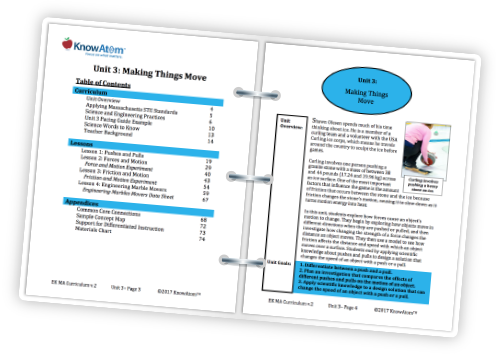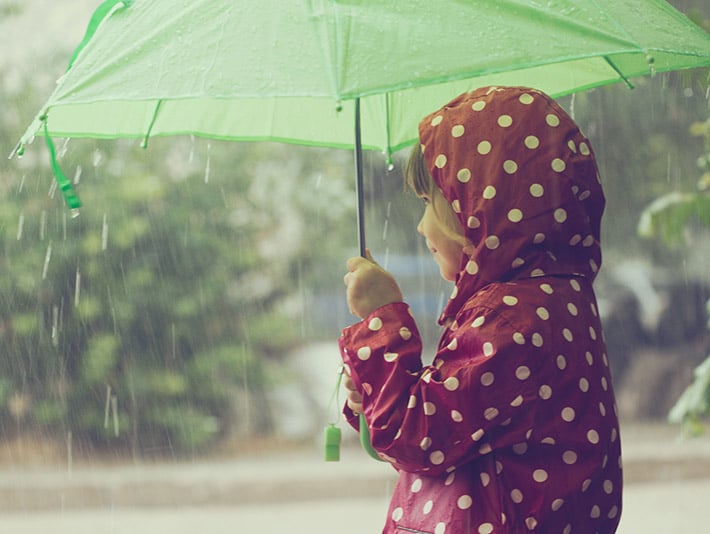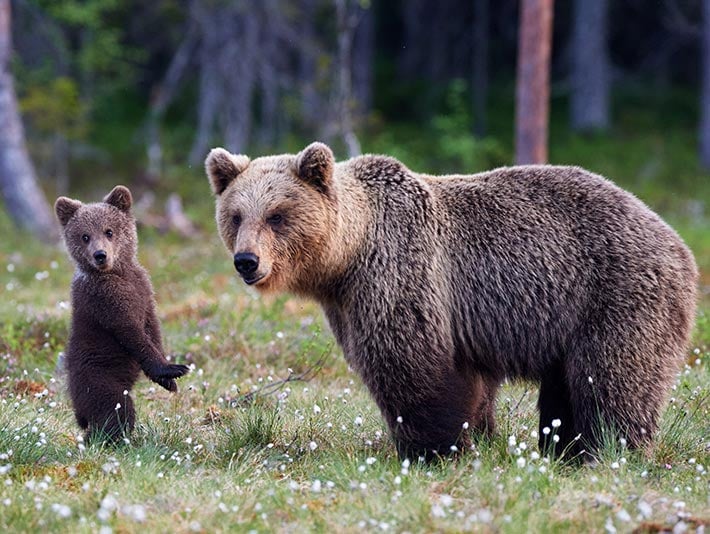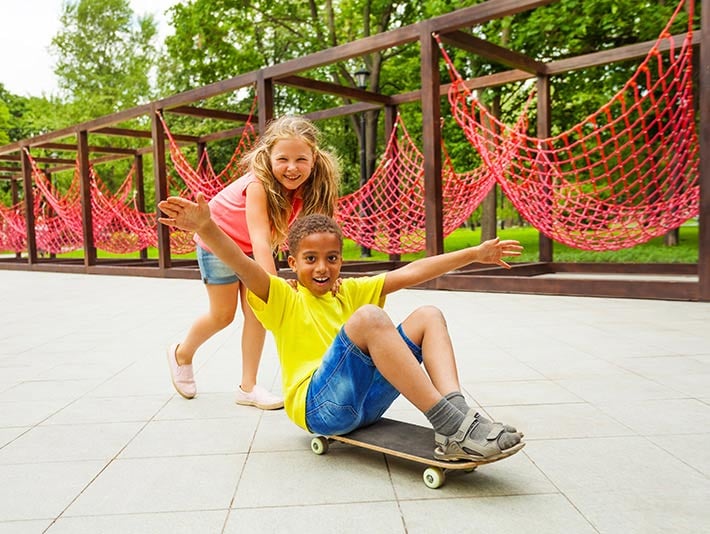In kindergarten, students make observations about the world around them and start to identify why some changes occur as they begin to develop the practices that scientists and engineers use to help them answer questions and solve problems.

Unit 1
Unit 2
Unit 3
In Unit 1 Weather in Our World, students explore weather patterns on Earth and the sun’s role in warming Earth.
Unit Standard(s) : K-PS1-1 (MA), K-ESS2-1, K-ESS3-2, K-PS3-1, K-PS3-2

In Unit 2 Living Things Change, students explore life on Earth, comparing living and nonliving things and investigating what living things, including humans, need to survive.
Unit Standard(s) : K-LS1-2 (MA), K-LS1-1, K-ESS2-2, K-ESS3-3

In Unit 3 Making Things Move, students investigate how pushes and pulls are forces that change the motion of an object.
Unit Standard(s) : K-PS2-1
